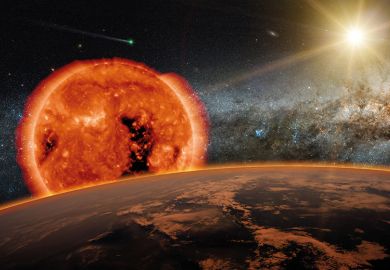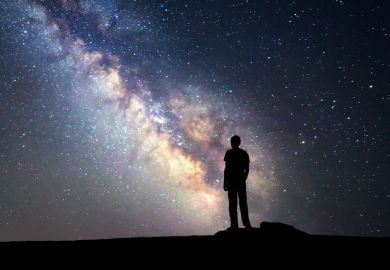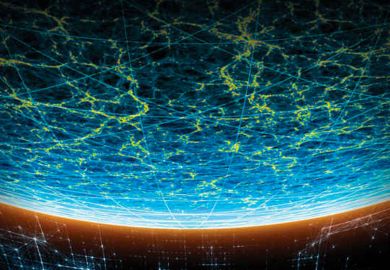Winston Churchill allegedly once complained that a pudding served to him “had no theme”. Geneticist and public scientist Steve Jones’ new book has not one but two themes: the sun (and all things solar) and how dreadful the city of Edinburgh, aka Athens of the North, is. He went up to the University of Edinburgh in 1962 and left with sufficient material for a PhD seven years later. He seems to have found little good to say about the city since.
Taking its title from George Harrison’s classic 1967 song, Jones’ book offers seven substantive chapters, the first of them about the sun itself. Others focus on heat (featuring the platypus, coolest of mammals); water (referenced 700 times in the Bible); carbon, the currency of life; human health; sleep (with Marcel Proust as its greatest prophet); and the bad effects of long winter nights (including in Edinburgh). There is an envoi (as they say in Edinburgh) on climate change, which has very little to do with the rest of the book.
The horrible disease rickets, caused by vitamin D deficiency, is one of the central topics of the chapter on health, because it can be prevented by exposure to sunlight in sufficient quantities. Although few of us will have experienced it, it is making a comeback, along with tuberculosis. One encouraging sign is that the net effect of exposure to UV radiation on health can be positive, particularly for the elderly.
For me, the most fascinating chapter is that on the flow of carbon and other chemical elements through the world of life. Karl Marx, who apparently had a good knowledge of ecology, was one of the first to identify strong parallels between these natural flows and flows in financial systems – trade in goods and services. The human market in food is apparently a microcosm of how capitalism works, and the closer a food item is to the top of the food chain, the more expensive it tends to be and the more exotic the chemistry involved in its production. Thus prime beef is already expensive to produce, although Jones argues that its sale, processing and preparation represent an additional level of exploitation and waste.
Each chapter can be read independently, and all contain fascinating facts as well as interesting details about the author’s career and, especially, snails. Snails are the true heroes of this book, having been a recurring preoccupation throughout Jones’ working life. The wood snail formed an early subject of his research. Its beautiful shells show significant genetic variation in colour, related to how much light they are exposed to. The Rosy Wolf snail, a native of Central America, is a voracious cannibal that was introduced to Hawaii and destroyed what was once an abundant population of unique local snails. Snails have been depicted as symbols of rebirth, for example in a window in Lambeth Palace, the London residence of the Archbishop of Canterbury.
In retirement and on a hot, sticky August day, I found this an informative and entertaining book. But with the new academic year now well under way, you may well find more urgent items to add to your reading list. Unless you, too, have a grudge against Edinburgh.
Richard Joyner is emeritus professor of chemistry at Nottingham Trent University.
Here Comes the Sun: How It Feeds Us, Kills Us, Heals Us and Makes Us What We Are
By Steve Jones
Little, Brown, 368pp, £20.00
ISBN 9781408711316
Published 6 June 2019
POSTSCRIPT:
Print headline: Let’s keep on the sunny side of life
Register to continue
Why register?
- Registration is free and only takes a moment
- Once registered, you can read 3 articles a month
- Sign up for our newsletter
Subscribe
Or subscribe for unlimited access to:
- Unlimited access to news, views, insights & reviews
- Digital editions
- Digital access to THE’s university and college rankings analysis
Already registered or a current subscriber?








